Description
Chlorantraniliprole 18.5% w/w SC is a broad-spectrum insecticide, meaning it’s effective against a wide variety of insect pests. It is formulated as a suspension concentrate (SC), and contains Chlorantraniliprole as its active ingredient.
Here’s a breakdown of its key aspects:
1. Mode of action
- It belongs to the anthranilic diamide class of insecticides.
- It primarily acts on insect ryanodine receptors, disrupting the normal function of muscles, leading to paralysis and eventual death of the insects.
- While it has contact activity, it’s most effective when pests ingest it along with the treated plant material.
2. Benefits
- Broad-spectrum control: Effectively manages a wide range of chewing insects like caterpillars, bollworms, pod borers, fruit borers, stem borers, and leaf folders.
- Effective at all stages: Works against pests from immature (larval) to adult stages.
- Long-lasting protection: Offers extended protection against pests, even after rainfall.
- Promotes healthier crops: Prevents pest infections and helps maximize crop yield potential.
- Suitable for IPM programs: Considered safe for beneficial insects when used as directed, making it suitable for Integrated Pest Management strategies.
- Low toxicity to mammals and beneficial insects: According to Scimplify, it exhibits low toxicity to mammals and beneficial insects.
3. Recommended crops and pests
- Rice: Stem borer, leaf folder
- Cabbage: Diamond back moth
- Cotton: American bollworm, Spotted bollworm, Tobacco caterpillar
- Sugarcane: Termite, Early shoot borer, Top borer
- Tomato: Fruit borer
- Chilli: Fruit borer
- Soybean: Green Semi looper, Stem fly, Girdle beetle
- Brinjal: Shoot & Fruit borer
- Pigeon pea: Pod borer
- Other crops: Bengal gram, Black gram, Bitter gourd, Okra, Maize, Groundnut
4. Dosage and application
- The exact dosage can vary depending on the crop and pest severity, but general recommendations include 60-80 ml per acre.
- It’s typically diluted in 150-200 liters of water per acre for foliar spray application.
- For crops like Rice, Cotton, and Pigeon Pea, a dosage of 60 ml per acre diluted in 200-250 liters of water is suggested.
- For Sugarcane, the recommended dosage is 150 ml diluted in 200-250 litres of water per acre.
5. Safety precautions
- Mild eye irritant: May cause slight eye irritation.
- Harmful if swallowed: According to Scimplify, it is harmful if swallowed.
- May cause allergic skin reaction: According to Scimplify, it may cause an allergic skin reaction.
- Very toxic to aquatic life: According to Scimplify, it is very toxic to aquatic life with long-lasting effects.
- Always follow the instructions and safety guidelines provided by the manufacturer.


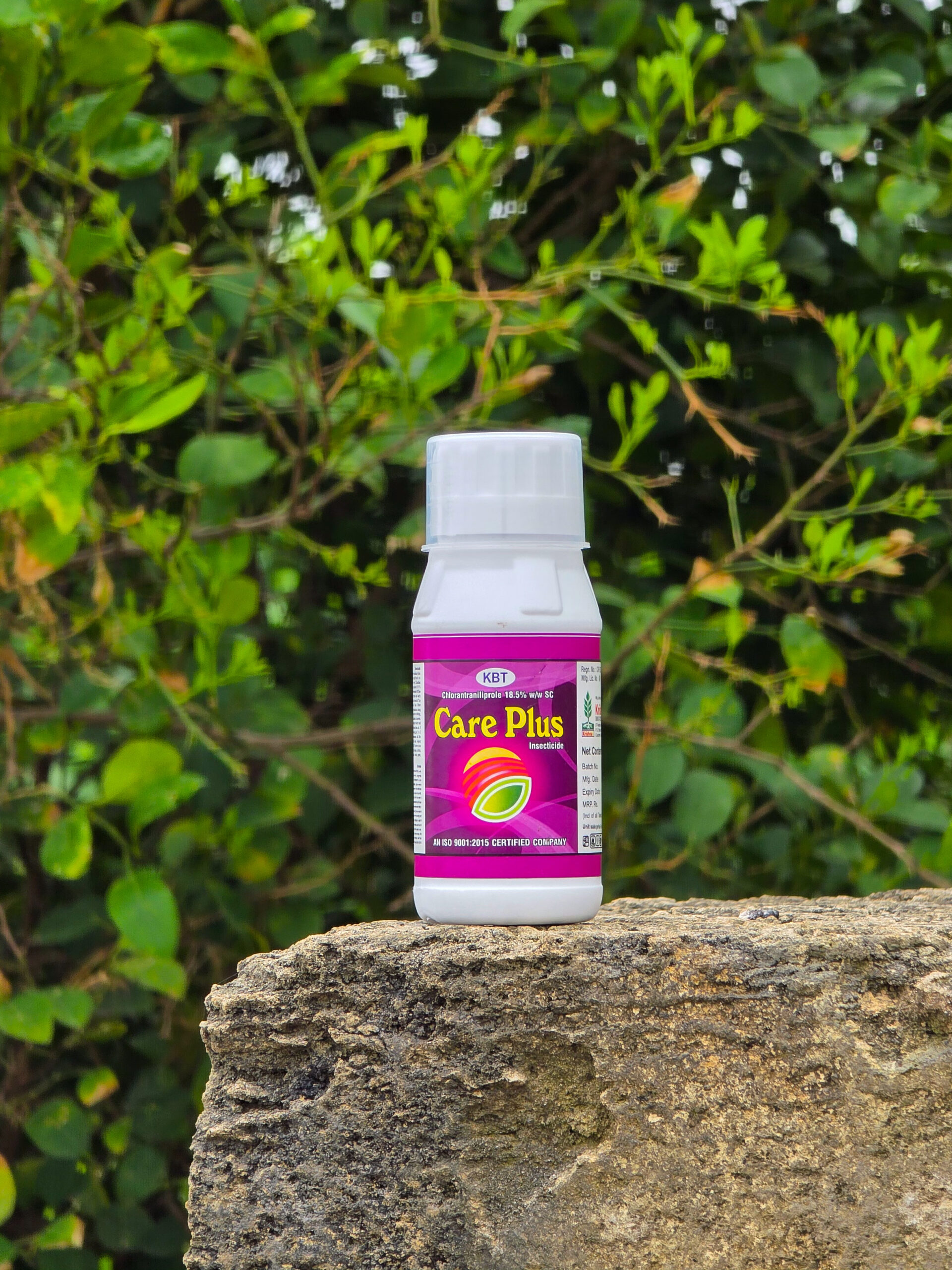
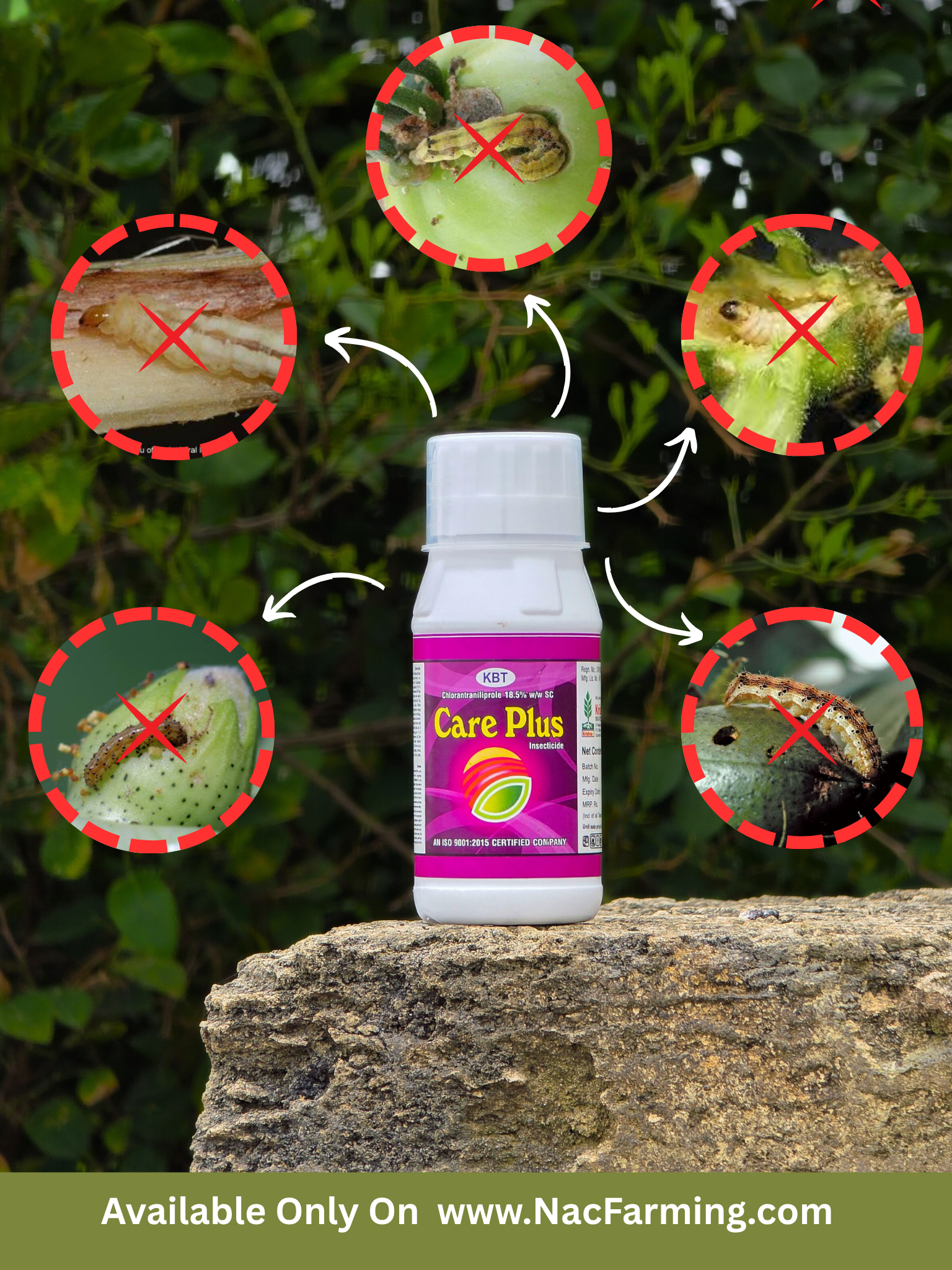
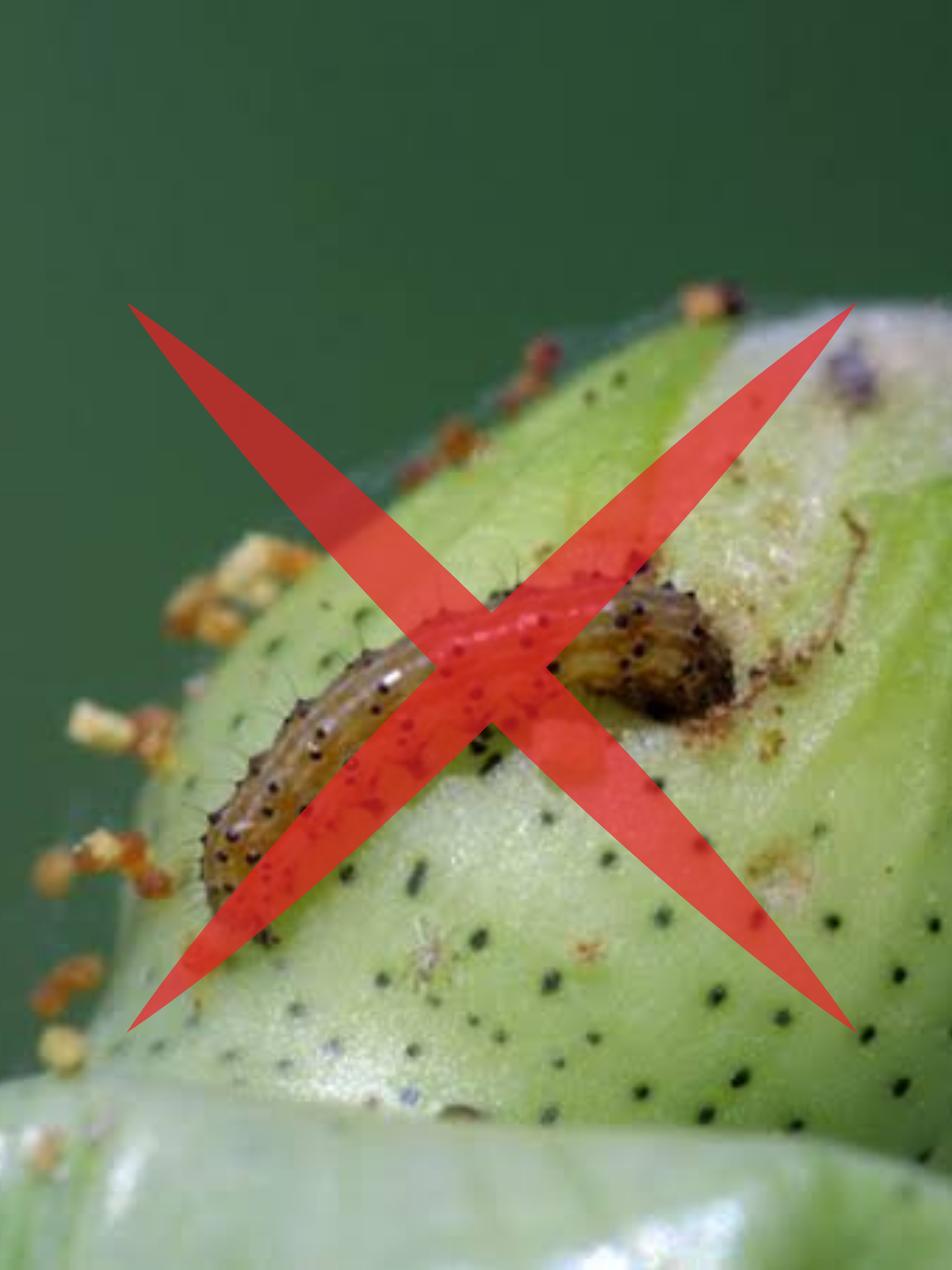
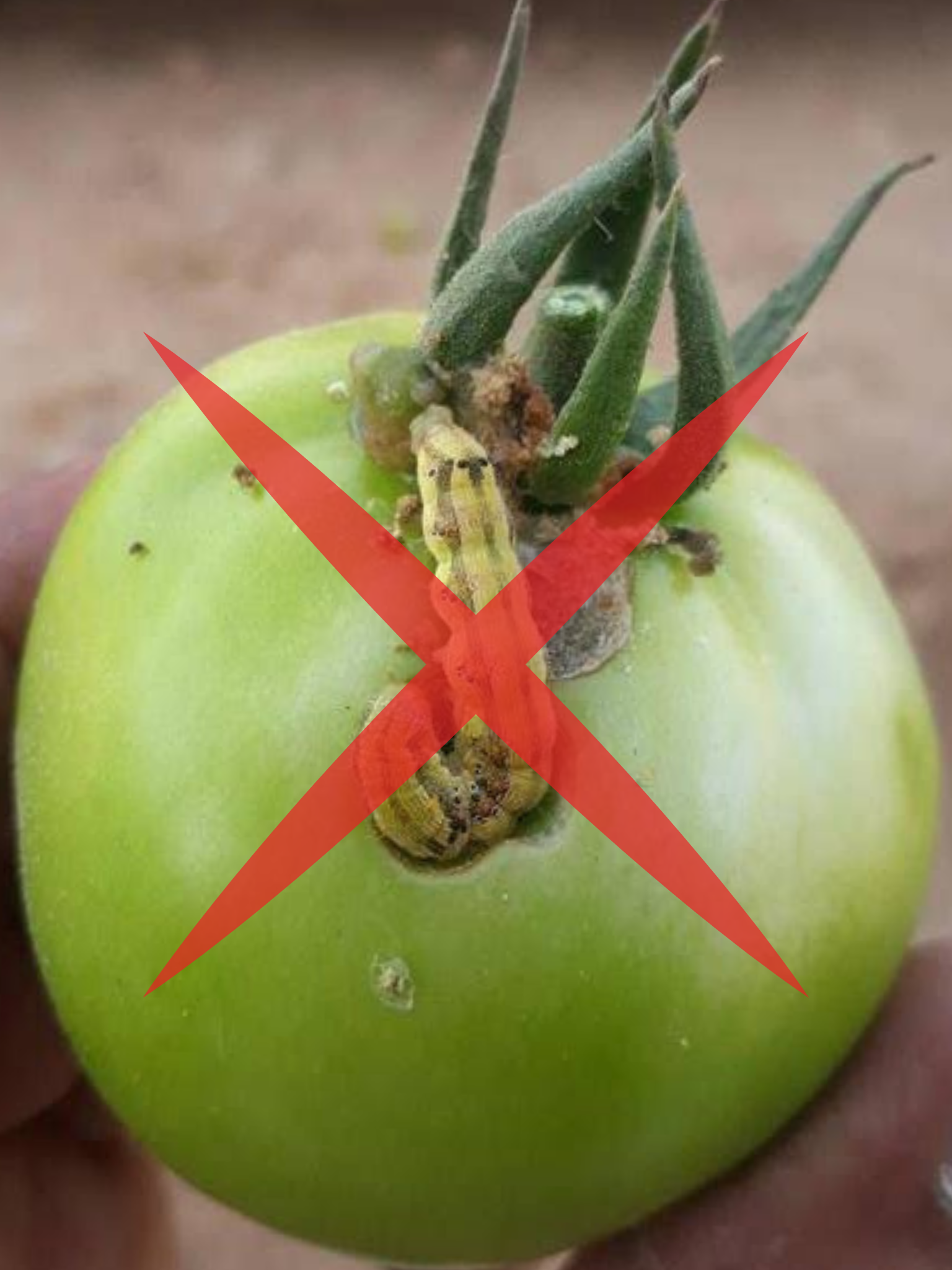
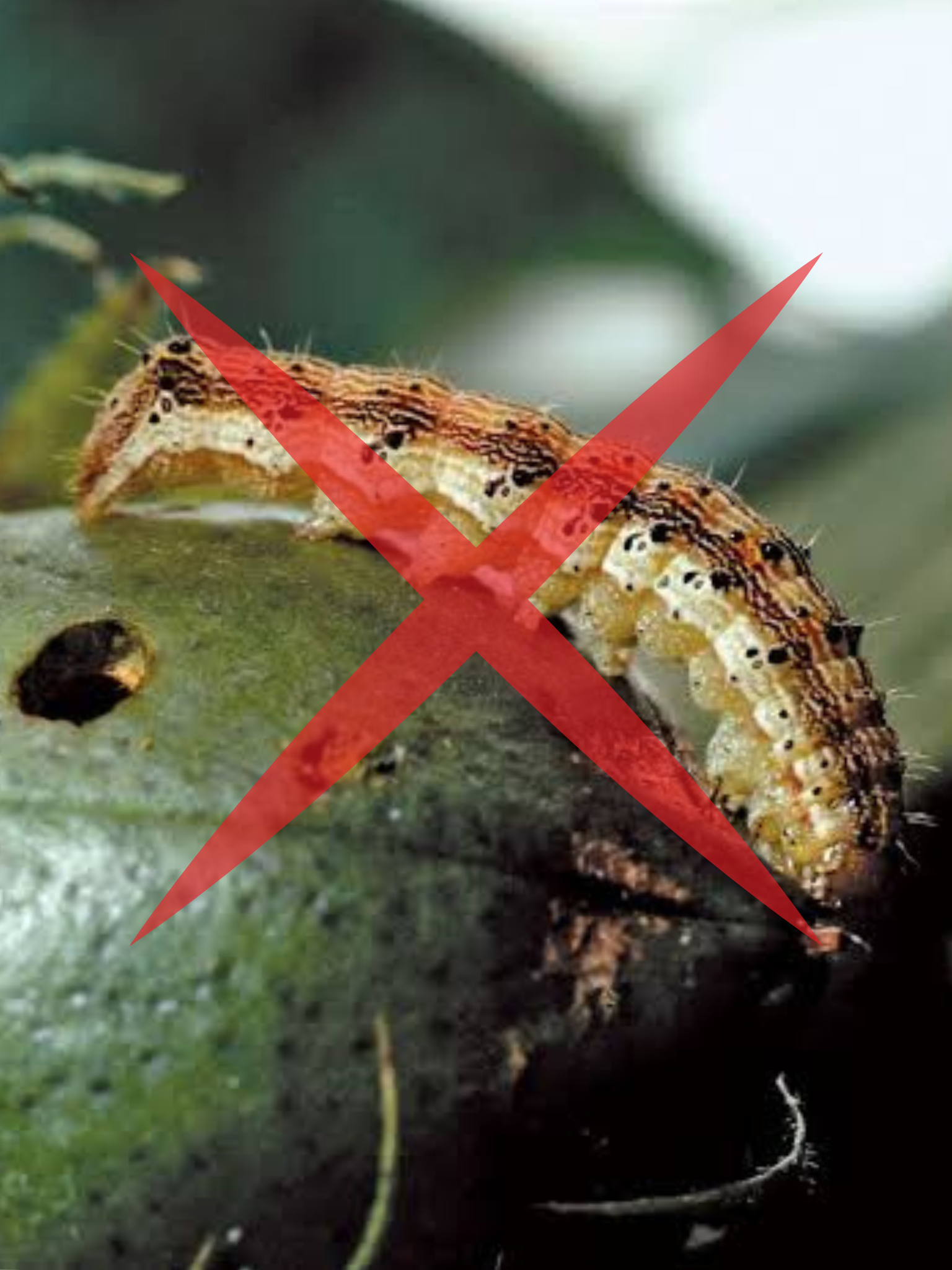
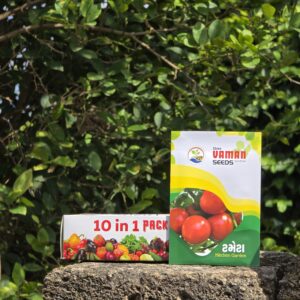
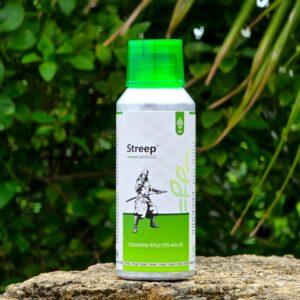
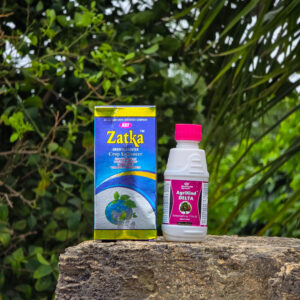


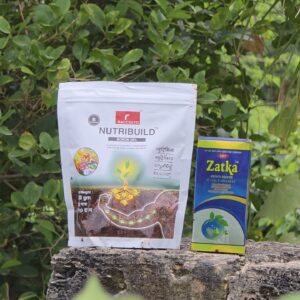
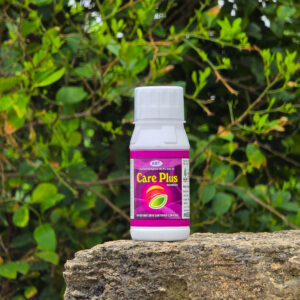
Reviews
There are no reviews yet.